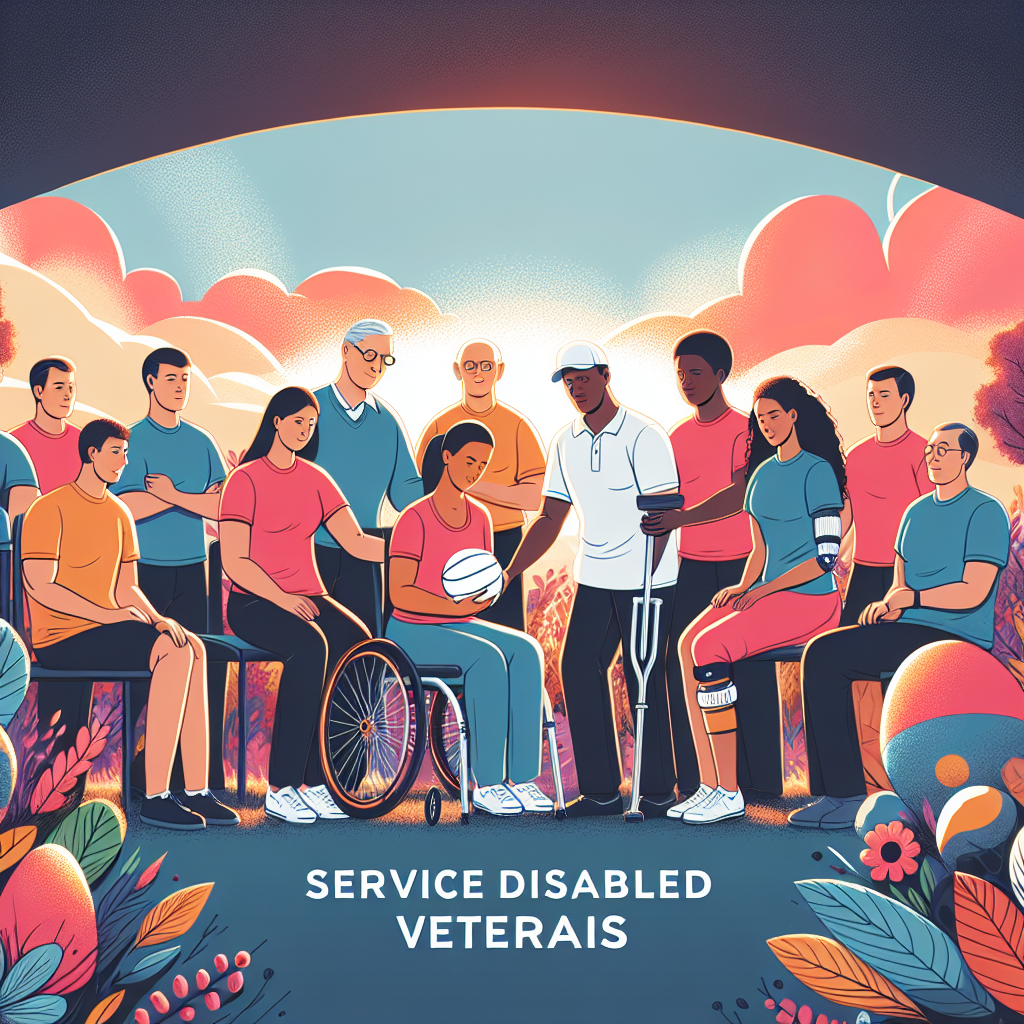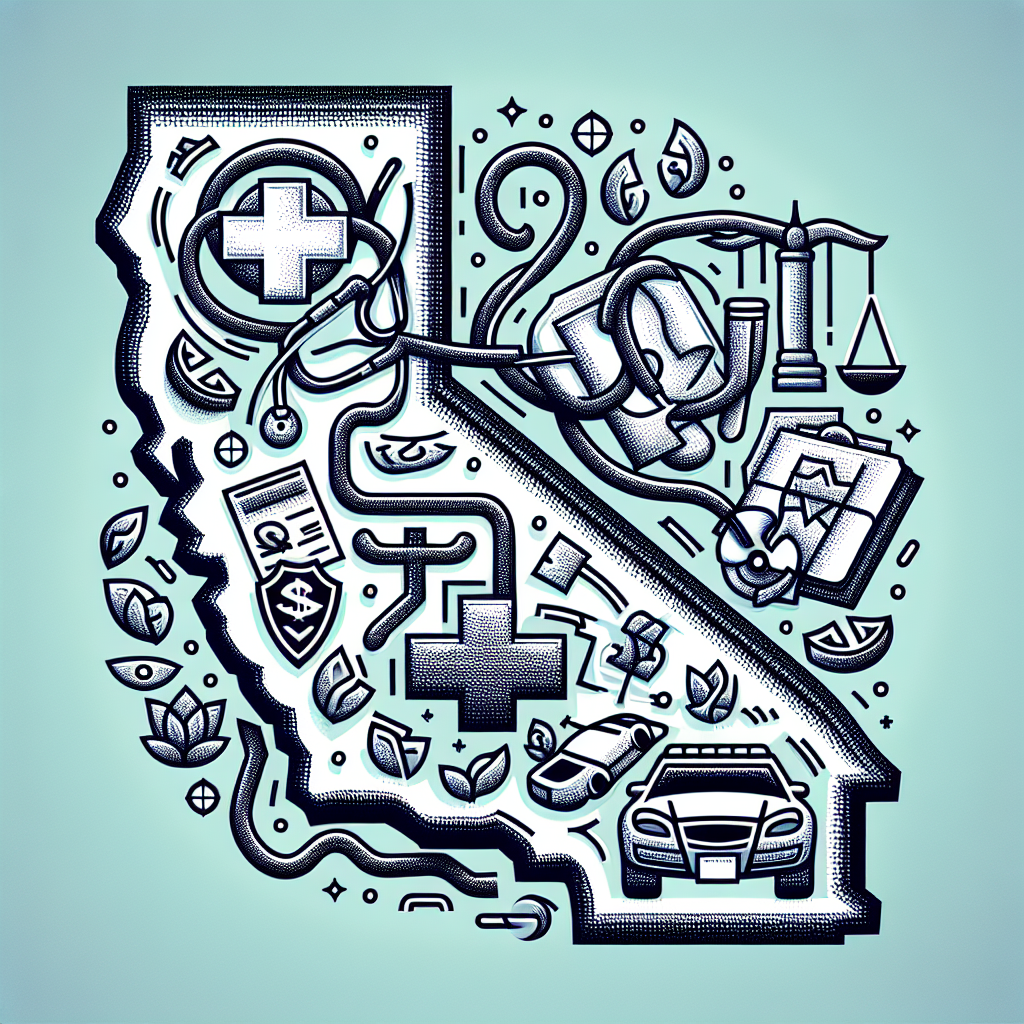Filed under Disability Insurance on
Understanding Service Disabled Veterans Insurance Benefits

Many veterans face unique challenges and opportunities after service, particularly those who have sustained service-related disabilities. Navigating the world of insurance and benefits can be daunting. However, the U.S. government provides specific insurance for veterans, known as Service-Disabled Veterans Insurance (S-DVI). This option helps protect the financial future of those who've served and suffered a disability during their service. Understanding the intricacies of Service-Disabled Veterans Insurance benefits can be crucial for eligible veterans and their families.
What is Service-Disabled Veterans Insurance?
Service-Disabled Veterans Insurance, often abbreviated as S-DVI, is a life insurance program available to veterans who have acquired service-related disabilities. The program is designed to offer up to $10,000 in life insurance coverage. This benefit ensures that veterans have a safety net for their families in case of a premature death. Moreover, an additional supplemental coverage option of up to $30,000 is available if the veteran is totally disabled.
Eligibility Criteria
To qualify for S-DVI, a veteran must meet specific criteria:
- They must have been discharged from service under other than dishonorable conditions.
- A new service-connected disability must have been awarded a VA rating within the last two years.
- The veteran must be in good health aside from the service-connected disability.
It's vital for veterans to understand these eligibility requirements to seize the opportunities introduced by S-DVI, ensuring their families are financially safeguarded.
How to Apply for S-DVI
The application process for S-DVI is straightforward but requires timely action. Here’s how veterans can apply:
- Download and complete VA Form 29-4364, the application for S-DVI.
- Submit the form within two years of being notified of the service-connected disability rating.
- Ensure that all medical and service records supporting the disability claim are included.
After submission, it typically takes around 60 days to receive a decision. Veterans should act promptly as missing the application timeline could mean losing these crucial benefits.
Real-life Example: Navigating the S-DVI Process
Consider John, a Navy veteran who sustained a knee injury during his service. Upon receiving a 30% disability rating, John was eligible for S-DVI. By leveraging veteran support programs and staying organized with his documentation, John managed to secure his insurance within the application period. His diligence meant that his family received the necessary financial protection, reinforcing the importance of understanding and utilizing available veterans' benefits.
Additional Options: The Supplemental S-DVI
For veterans who qualify for the basic S-DVI but need additional coverage, the Supplemental S-DVI provides an extra layer of protection. This supplemental insurance can offer up to $30,000 in extra coverage, but applicants must meet specific criteria.
- The veteran must be under the age of 65.
- They must be classified as totally disabled, which prevents them from securing other forms of life insurance.
The supplemental option is particularly beneficial for those whose disability severely impacts their professional opportunities, ensuring they receive the same financial securities as their peers without service-related disabilities.
Budgeting and Managing S-DVI
The cost of premiums for S-DVI is based on the age of the veteran at the time of their policy's inception. Veterans should evaluate their financial situation to ensure they can maintain consistency in premium payments, as these are critical to keeping the policy active. Furthermore, consulting with a financial advisor familiar with veterans' benefits can help manage and plan for premium payments efficiently.
The Benefits of S-DVI: More Than Just Insurance
While the financial protection S-DVI offers is invaluable, it's not the only benefit. The process of securing this insurance often encourages veterans to seek out other resources and support networks, which can aid in the transition from military to civilian life.
Additional benefits include:
- Peace of mind knowing that family is protected financially.
- Access to veterans’ support groups that often provide guidance for further benefits and resources.
- A sense of empowerment and agency in managing personal and familial financial well-being.
Practical Tips for Veterans
Veterans approaching the S-DVI application process can benefit from a few practical tips:
- Stay organized: Keep all military and medical documentation organized to facilitate the application process.
- Act promptly: Do not delay the application. Remember that timing is critical with the two-year eligibility window.
- Seek advice: Utilize VA resources and consider speaking with fellow veterans about the process.
These strategies can simplify the journey through securing S-DVI, providing veterans with the reassurance and support they deserve after their service.
Final Thoughts
Understanding Service-Disabled Veterans Insurance benefits is crucial for veterans living with service-related disabilities. The financial support and peace of mind that S-DVI offers can be substantial, ensuring that veterans and their families are protected. With careful planning, commitment, and organization, veterans can easily navigate the application process and utilize the benefits to their fullest extent.
Frequently Asked Questions
1. What happens if I miss the two-year application window for S-DVI?
Missing the two-year window generally means a veteran cannot apply for the basic S-DVI. However, reviewing your options with a VA representative might uncover alternative benefits or solutions based on individual circumstances.
2. Can I apply for both S-DVI and the supplemental insurance at the same time?
No, you must first apply and be approved for the basic S-DVI. Once qualified, you can then submit an application for the supplementary insurance if you meet its specific criteria.
3. What if my health deteriorates after securing S-DVI?
If your health condition worsens but is unrelated to your service-connected disability, your S-DVI will continue as long as premiums are paid. If your service-related disability classification increases, inform your VA representative, as you may be eligible for additional benefits.
4. Are S-DVI benefits taxable?
Life insurance benefits received from S-DVI are typically not subject to federal income taxes. However, for personalized advice, it is best to consult a tax advisor familiar with military benefits.
5. How can I prove my disability is service-connected?
The VA requires sufficient medical documentation and service records that demonstrate when and how the disability occurred. Ensure all paperwork, medical evaluations, and service records are readily available when applying.




